In connected applications that rely on cellular data transfer, monthly data limits can be a challenge. Throughput limits can also create roadblocks, particularly in applications involving structured ASCII text content such as JSON, MQTT and HTML.
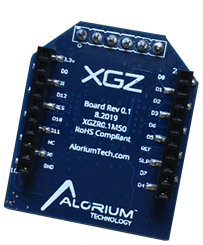
To support this use case,
Alorium Technology developed the XGZ Near-Sensor IoT Compression Module, a plug-and-play solution for adding inline GZIP data compression to wireless IoT end nodes for near-sensor compression and data processing. XGZ – which stands for Accelerated GZIP – addresses the challenges of limited throughput and monthly data limits associated with IoT cellular links.
Integrating XGZ can result in two key IoT system benefits:
- Performance optimization: Compression increases effective bandwidth across cellular IoT links by providing a solution that allows more data to transfer across a throughput-limited link.
- Cost reduction: Reducing the size of the data payload to transfer can lower associated data plan costs by allowing IoT solutions to remain on less expensive plans or require fewer total subscriptions.
“Data compression offers a potential path to dramatically improve application performance while staying within data limits and avoiding overage charges,” said Jason Pecor, Vice President of Business Development at Alorium. “Even when 5G networks are fully established, and we have seemingly all the bandwidth we need (for now), it will likely come at no small cost. For some organizations, deploying on lower-bandwidth networks with compressed payloads may prove to be the optimum solution for price and performance.”
How XGZ Works with a Digi XBee Cellular Module
XGZ uses the Digi XBee® footprint, making it very easy to drop into any application currently using a Digi XBee Cellular LTE-M/NB-IoT modem.
XGZ intercepts the UART communications en route to the XBee, compresses the data stream, and passes it along to the modem. Compressed data can be stored or decompressed and used once received by the server end of the connection.
The Alorium XGZ Example with XBee
This example setup uses a
Digi XBee LTE-M/NB-IoT cellular module. The XGZ board is placed between the XBee module and a connected socket.
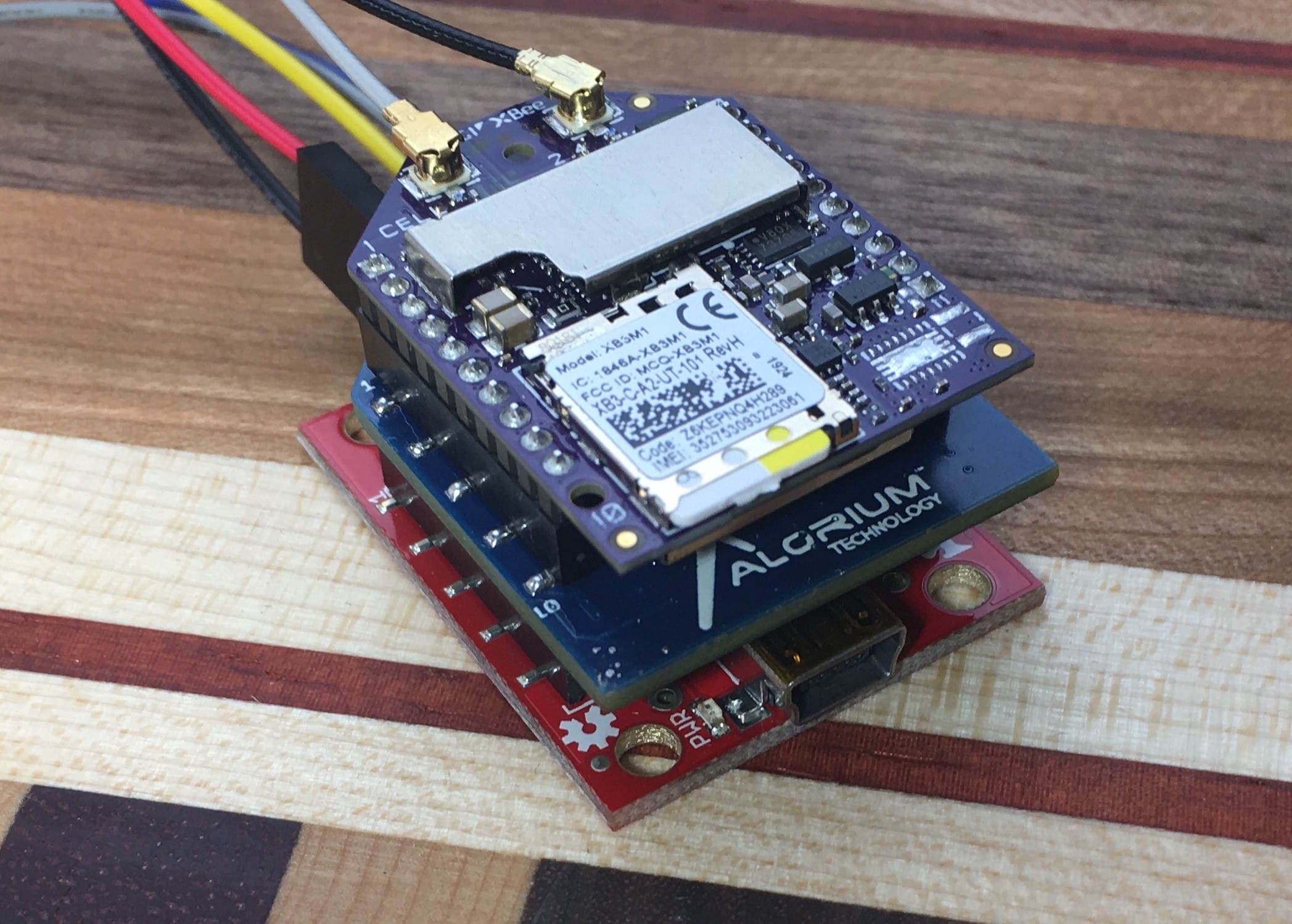
A simple example uses a Raspberry Pi as a generator into the UART of the stack. The data is compressed by the XGZ board, and is then passed through the cellular module.
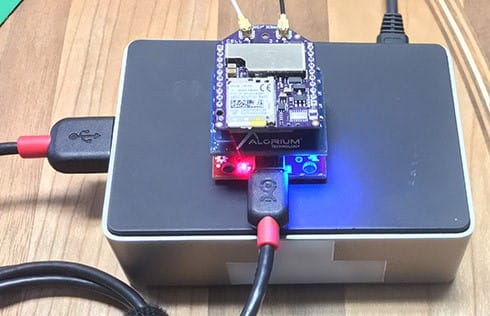
In this example, Alorium routed the data to a website where it is posted with statistics including the original file size, compressed size, and resulting compression ratio.
The data routed through XGZ can be any desired streams of data. This example simply grabs home page website source code from specified sites.
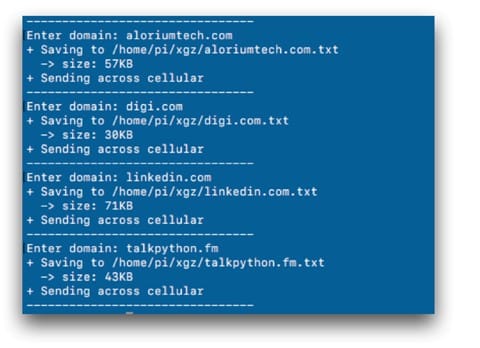
Here is an example of compression results:
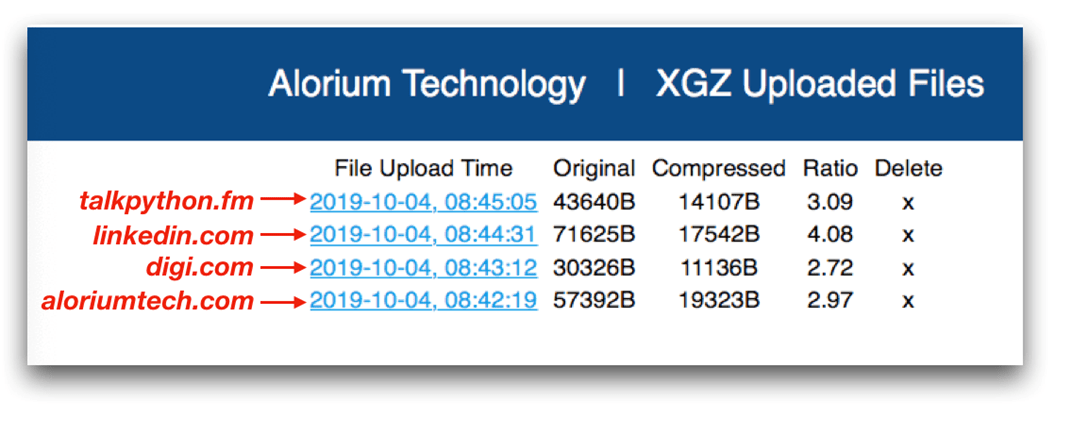
The compression ratios vary depending on the kind of data being sent through the link. Structured data like HTML, or anything in a JSON format, such as MQTT, is highly compressible.
Data compression is actually just one use case. Those working with Digi XBee modules could also use this end node engine for edge analytics.
What Are You Building?
The
Digi XBee ecosystem and suite of
Digi XBee Tools support rapid development of connected projects. And if you need support for any aspect of your wireless project, Digi's
Wireless Design Services team can help.
Contact us to get the guidance you need for to select the right modules, gateways, components and tools for your project.